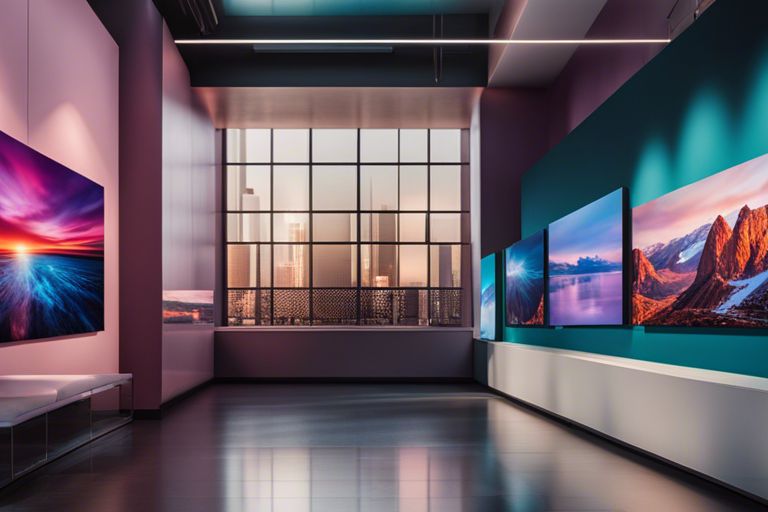You don’t need to be a professional artist to create stunning artwork that looks professional.
With the right techniques and tips, you can achieve impressive results that showcase your creativity and style.
By focusing on fundamentals like composition, color theory, and lighting, you can take your artwork to the next level and impress others with your skills.
Follow these simple steps to unleash your inner artist and create artwork that wows!
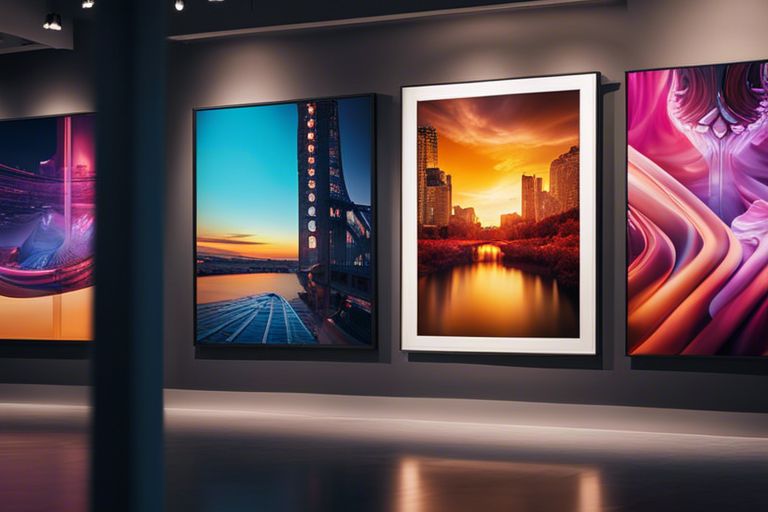
Setting Up Your Workspace
Choosing the Right Tools
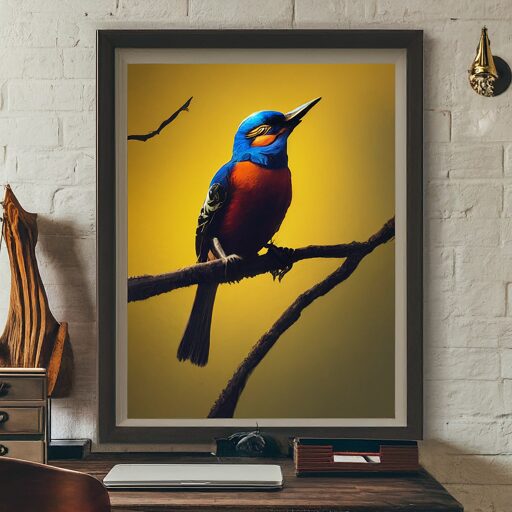
While setting up your workspace, it is vital to choose the right tools that will help you create professional artwork.
The tools you choose can greatly impact the quality of your work, so make sure to invest in high-quality materials that suit your artistic style and medium.
Whether you prefer traditional or digital art, having the right tools can make a significant difference in the outcome of your artwork.
Creating an Inspiring Environment
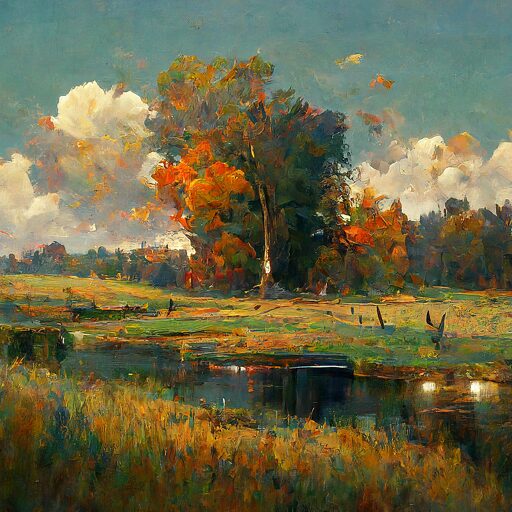
Assuming you have the necessary tools, creating an inspiring environment is crucial to nurturing your creativity and productivity.
Environment Surround yourself with things that inspire you, such as artwork, plants, or meaningful objects.
A well-lit and organized workspace can help you stay focused and motivated to create.
Make sure to keep your workspace clutter-free to avoid distractions and allow your creativity to flow freely.
Mastering the Fundamentals
Understanding Basic Design Principles
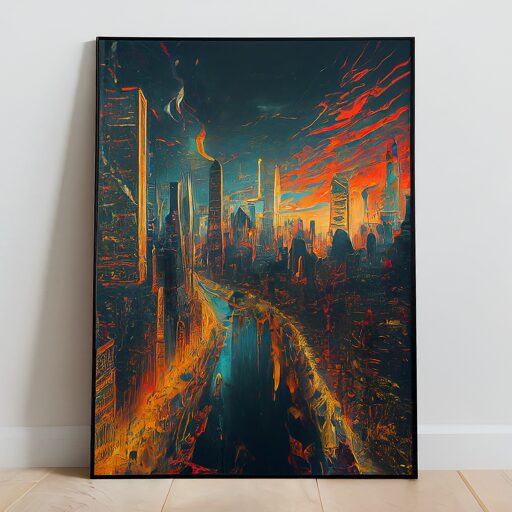
Any successful artwork starts with a solid understanding of basic design principles.
This includes concepts like balance, contrast, emphasis, movement, pattern, rhythm, and unity.
By grasping these fundamentals, you can create visually appealing and cohesive designs that capture the viewer’s attention.
Learning from the Masters
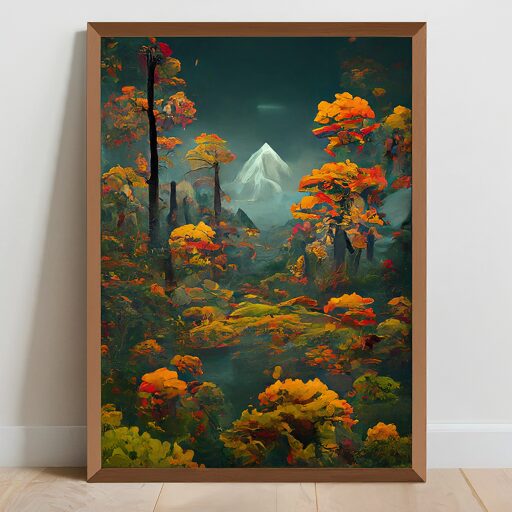
If you want to elevate your artwork to a professional level, studying the works of master artists is imperative.
Understanding how renowned artists use techniques such as composition, color theory, and texture can provide valuable insights and inspiration for your own creations.
Plus, learning from the masters can help you develop your unique style and voice as an artist.
By analyzing their work and experimenting with their techniques, you can expand your creative repertoire and grow as a creator.
The Creation Process
Planning Your Artwork
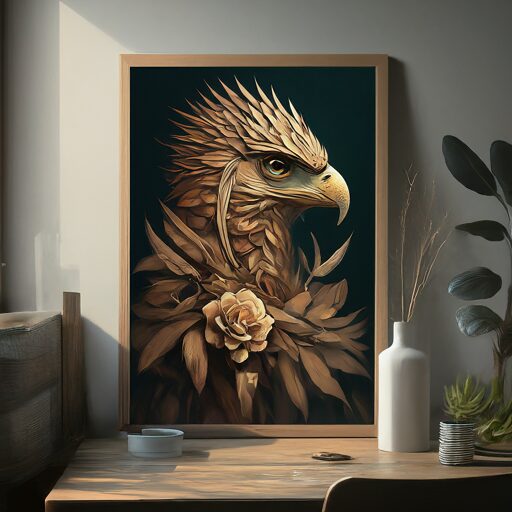
Your artwork begins with a vision.
Consider what message or feeling you want to convey through your piece. Think about the style, color palette, and composition that will best represent your idea.
Visualize the end result and sketch out rough ideas to help solidify your concept.
Step-by-Step Guide to Crafting Your Piece

Little by little, your vision will start to take shape as you move through the creation process. Break down the steps into manageable tasks.
Start with rough sketches to establish the composition, then move on to adding details and refining your work.
Consider the materials and techniques that will best bring your vision to life.
Guide
| Important Details | Focus on capturing the essence of your idea and translating it visually. |
| Dangerous Details | Avoid getting too caught up in perfectionism, as it can hinder your creative flow. |
| Positive Details | Enjoy the process and let your creativity guide you towards a unique piece of artwork. |
Refining Your Artwork
Tips for a Polished Finish
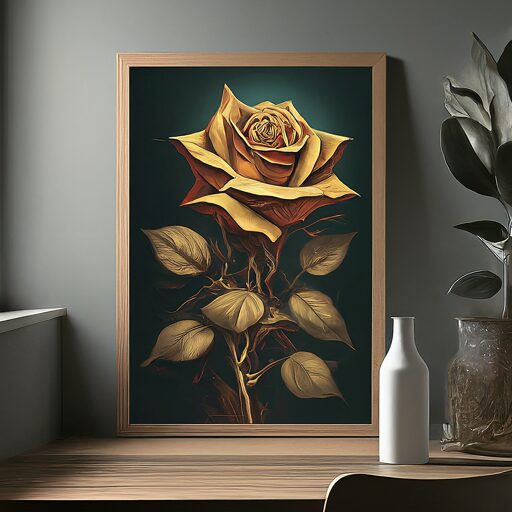
Unlike the initial stages of creating your artwork, refining your piece requires a keen eye for detail and a focus on achieving a professional finish.
Here are some tips to help you polish your artwork:
- Pay attention to composition: Make sure all elements in your artwork are well-balanced and visually appealing.
- Refine your color palette: Ensure your colors complement each other and evoke the right emotions.
- Focus on details: Fine-tune small elements like texture, shading, and highlights to enhance the overall look.
- Seek feedback: Show your work to others to gain fresh perspectives and identify areas for improvement.
Though it may seem like little changes, paying attention to these details can make a significant difference in the final outcome of your artwork.
Be mindful of, small tweaks can lead to a big impact on the overall quality of your piece.
When and How to Seek Feedback
The process of refining your artwork often involves seeking feedback from others.
The key is to know when and how to seek feedback to make the most of it. To solicit helpful criticism, consider the following:
To get the most out of seeking feedback, choose individuals whose opinions you value and trust.
Be open to constructive criticism and use it as an opportunity to grow and improve your skills.
Be mindful of, positive feedback can boost your confidence, while dangerous feedback can hinder your progress, so choose your critics wisely.
Overcoming Common Challenges
Pushing Through Creative Blocks
Once again, you find yourself staring at a blank canvas, feeling stuck and uninspired.
Creative blocks are common among artists, but the important thing is not to get discouraged.
Try stepping away from your work for a while, going for a walk, or trying a different medium to spark your creativity.
Sometimes, just taking a break and coming back with a fresh perspective can make all the difference.
Dealing with Critique Constructively
Pushing through criticism can be tough, but it is vital for your growth as an artist.
Remember that feedback, whether positive or negative, is an opportunity to learn and improve. Welcome critiques with an open mind, and try to see them as a way to refine your skills and expand your creativity.
Keep in mind that not all feedback is equally valuable, so trust your instincts and consider the source before making any major changes.
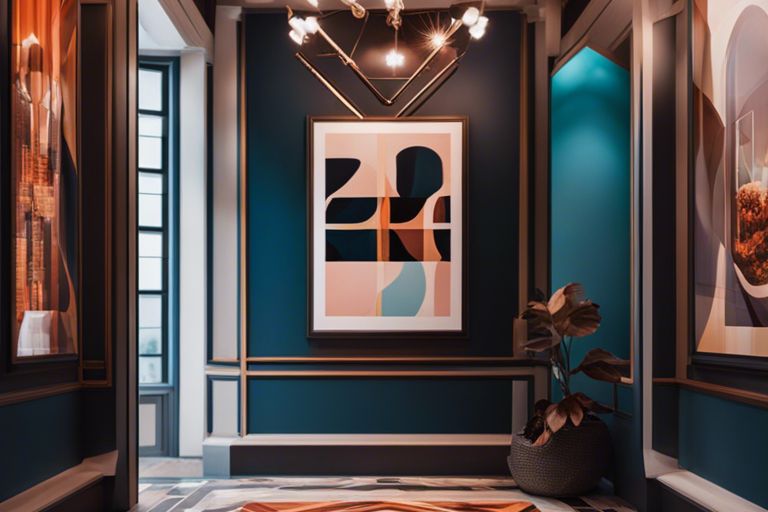
Showcasing Your Artwork
Preparing for Presentation
Keep in mind that presentation is key when showcasing your artwork.
Some important things to consider include selecting the right frame or display stand, ensuring proper lighting to highlight your work, and creating a cohesive arrangement if you have multiple pieces to showcase.
By paying attention to these details, you can enhance the overall look and appeal of your artwork.
Sharing Your Work with the World
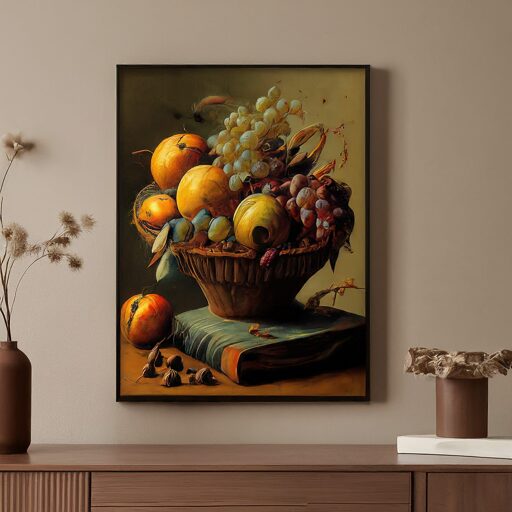
Some artists find it daunting to share their work with the world, but it can be a rewarding experience.
If you’re hesitant, start by creating an online portfolio or social media account dedicated to your art.
This can help you reach a wider audience and connect with other art enthusiasts.
Bear in mind, sharing your work allows you to receive valuable feedback and inspiration from others.
If you’re concerned about receiving negative feedback, remember that constructive criticism can help you grow as an artist.
It’s also important to consider copyright protection when sharing your work online.
Engaging with your audience and building a strong online presence can lead to exciting opportunities, such as collaborations, commissions, and even sales of your artwork.
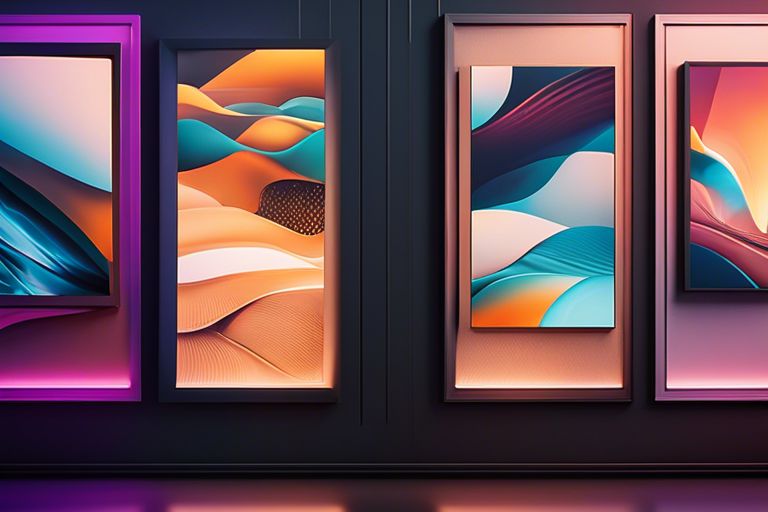
Continuing Your Artistic Journey
Staying Motivated and Inspired
Not staying motivated and inspired can be a common challenge for artists.
To keep your creative spark alive, surround yourself with inspiring artwork, take breaks when needed, and set achievable goals for yourself.
Remember to also connect with other artists for support and encouragement.
Exploring Advanced Techniques and Styles
Continuing to grow as an artist involves exploring advanced techniques and styles.
This can help you push the boundaries of your creativity and develop your unique artistic voice.
By trying out new techniques and styles, you can keep your work fresh and engaging.
- Staying Motivated and Inspired
Surround Yourself with Inspiring Artwork Take Breaks When Needed Set Achievable Goals for Yourself Connect with Other Artists for Support - Exploring Advanced Techniques and Styles
Try New Techniques to Push Boundaries Experiment with Different Styles to Develop Your Voice Keep Your Work Fresh and Engaging
Summing up
Ultimately, creating your own artwork that looks professional is all about practice, patience, and attention to detail.
By following the tips and techniques outlined in this guide, you can improve your skills and produce high-quality artwork that you can be proud of.
Remember to experiment, stay open to feedback, and continue refining your craft. With dedication and creativity, you can create art that not only looks professional but also truly reflects your unique style and vision.
So, keep on creating and let your imagination soar!
